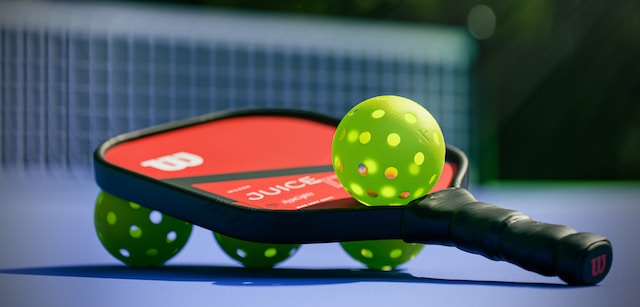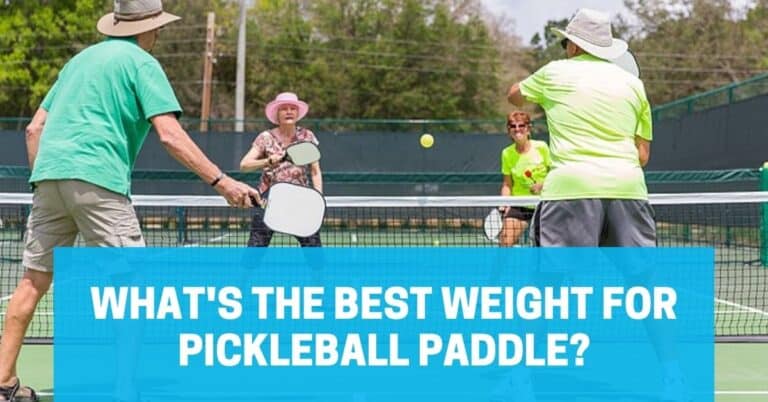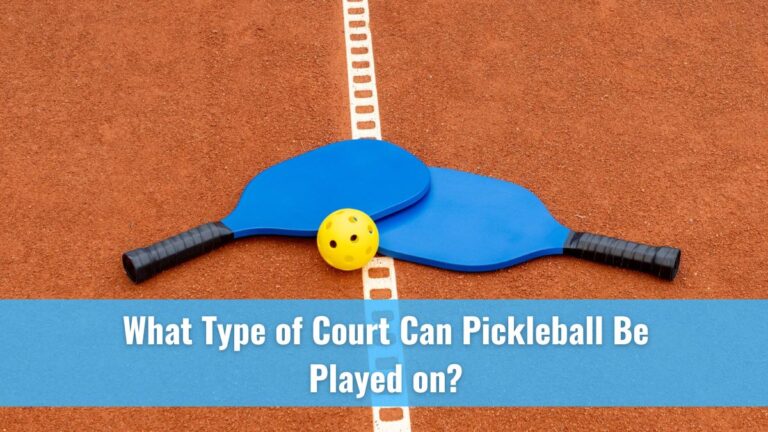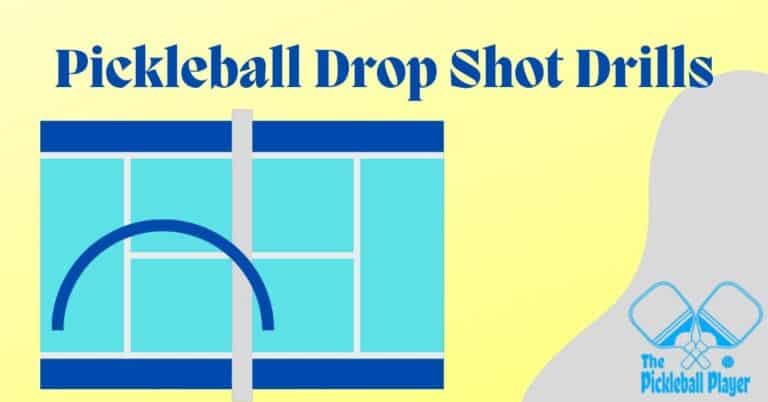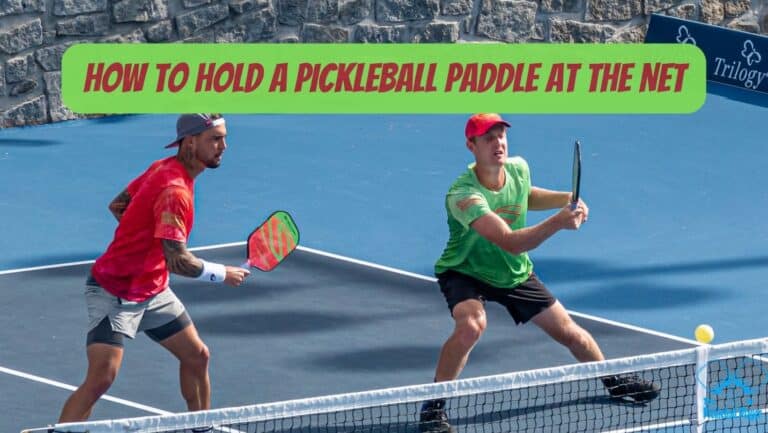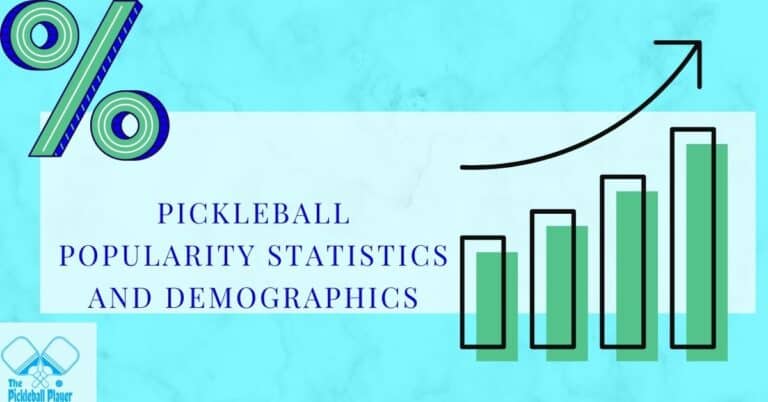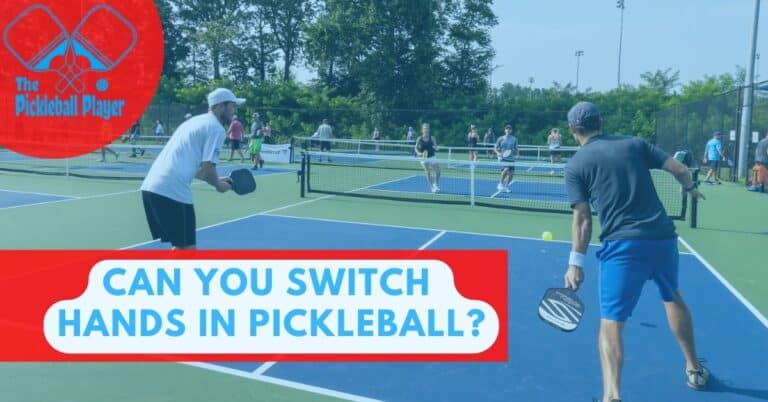Pickleball Paddle Shapes: Why Are Paddles of Different Shapes?
If you ever enter a pickleball market or surf online for pickleball paddles, you will notice that pickleball paddles come in a variety of shapes and sizes. This huge variation in the shape of pickleball paddles might leave you perplexed regarding your pickleball paddle purchase. You will be left wondering which shape offers the best game experience and which will suit your style of play.
To help you solve this dilemma and enable you to make a wise decision while buying your next paddle, we have compiled this comprehensive guide. In this paddle shape guide, we will walk you through various aspects of pickleball paddle shape and how paddle shape affects the performance.
That said, let’s roll in.
About Author

Why Are Pickleball Paddles Different Shapes?
When it comes to choosing pickleball paddles you have to consider several factors like weight, size, durability, and shape. Of these factors, one of the most important factors that decide the paddle’s performance is the shape. Pickleball paddles come in a variety of different shapes because they cater to the needs of players with different styles of play. In short, you have to first determine your style of play and then choose a paddle shape that aligns with your playing style.
For example, if you’re a player who seeks a forgiving paddle with plenty of sweet spot, you should go for a pickleball paddle that has a wide face.
How Pickleball Paddle Shape Affects Performance?
Choosing the ideal paddle shape that fits your requirements and complements your style of game can tremendously elevate your game performance. You should keep in mind that some paddle shapes are designed to increase reach, some offer a large sweet spot and some are good at providing maneuverability.
Let’s see how the paddle shape affects each of these features.
Reach
This is relatively easy to understand. The longer the paddle, the greater the reach. This means you can also hit out-of-reach shots with minimum footwork. Wide body and short handle paddles, on the other hand, offer very little reach.
Power and Spin
As a general rule, elongated paddles generate more power as compared to the wide-body paddle. This is due to the additional leverage gained from the length that translates into power. However, this additional power comes at the cost of a smaller sweet spot. Similarly, longer paddles are also better at imparting more spin to the pickleball.
Maneuverability
Maneuverability refers to how easily you can swing the paddle and hit shots with control. When it comes to maneuverability, longer paddles are considered slightly less maneuverable. This is sort of complicated to explain and involves a lot of physics. However, put simply, longer paddles have their center of mass located farther away from the hand, increasing the rotational inertia and making it difficult to maneuver the paddle.
Sweet Spot
The sweet spot is that area on a pickleball paddle from where the ball comes off most effectively with optimum power and spin. Generally, elongated paddles have a smaller sweet spot, while wide-body paddles have a larger sweet spot. This is due to the additional width of a wide-body pickleball paddle that makes it more forgiving.
USAPA Pickleball Paddle Shape Rules
According to USA Pickleball, the sum of the length and width of a pickleball paddle cannot exceed 24 inches (0.61 m). This means that if a paddle measures 16 inches (0.41 m) in length, it cannot be more than 8 inches (0.2 m) in width. The second rule governing paddle shape is that a pickleball paddle cannot be more than 17 inches (0.43 m) in length.
What Decides the Paddle Shape?
Two key factors decide the paddle shape: the dimensions of the paddle face and the paddle handle length. According to this, we can have the traditional short or wide-body paddles or the more advanced elongated paddles. In terms of handle length, we can have short-handled and long-handled pickleball paddles. The short handle paddle measures less than 5.5 inches (0.14 m), while the long handle paddles are more than 5.5 inches (0.14 m) in length.
Main Pickleball Paddle Shapes
Now that you have a thorough understanding of various pickleball paddle shapes and their impact on overall performance, let’s take a closer look at the pros and cons of each type of paddle shape.
1. Elongated Paddle with Long handle
This type of pickleball paddle offers maximum power and spin potential. Moreover, due to the elongated shape, reach is also optimum. However, owing to the narrow face, the sweet spot is greatly compromised. Also, the maneuverability is not very great. Overall, such a paddle is ideal for advanced-level players who prefer power and spin over sweet spot. This is also a good option for players who need a longer handle to hit two-handed backhands or those coming from other sports like tennis and are used to a longer handle.
2. Elongated Paddle with Short Handle
This type of pickleball paddle has good power and spin potential. However, the sweet spot and maneuverability are greatly sacrificed. The reach offered by this paddle is also considerably large. This is not an ideal paddle for most levels of players due to the complex blend of features. However, professional players can venture using this paddle.
3. Wide-body Paddle with Long Handle
This type of pickleball paddle offers the best maneuverability. However, other features like power spin potential and paddle reach are not so great. This is an ideal paddle for players who prefer maneuverability and hand speed over other features. Also, due to the longer handle length, it is suitable for players who like to hit two-handed backhands.
4. Wide-body Paddle with Short Handle
This is the perfect pickleball paddle shape for beginners. It offers maximum sweet spot with optimum maneuverability. However, as the power potential is compromised, players have to rely on their own capacity to hit power shots. Having a shorter handle, it is not suitable for players who hit two-handed backhands.
So Which Shape of Pickleball Paddle is the Best?
There is no definite answer to this question, as each paddle shape caters to the requirement of a particular style of play. Stated differently, each player has to find a paddle shape that is best for them according to their game. However, generally elongated paddles are considered better suited for advanced-level players who are looking for more spin and power rather than sweet spot. On the other hand, beginner players who are in search of more forgiving paddles with an ample sweet spot favor the traditional wider-body paddles. But again, it all comes down to each player’s needs.

